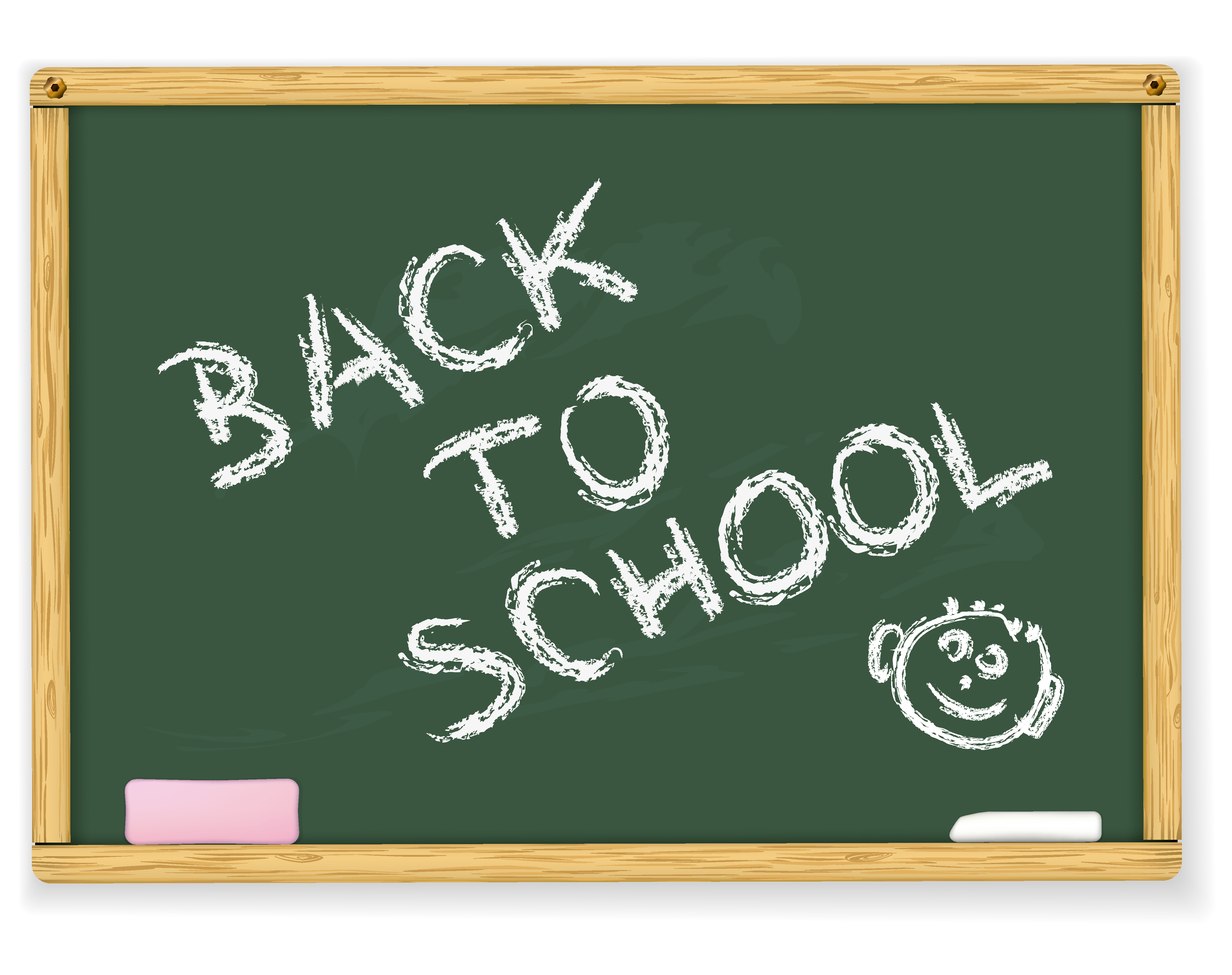
It’s time to head back to school! Use these tips to ensure that you’re being as environmentally friendly as possible when you wave goodbye to your kids on the first day:
DOES EVERYTHING HAVE TO BE NEW? Okay sure, it’s great to show up on the 1st day back in some smashing brand new outfit, but beyond day one why do all of your school wardrobe items have to be brand new? While the hand-me-down concept used to be the sole domain of younger siblings, there are a growing number of used clothing retailers that can insert a certain element of “eco-chic” to your child’s wardrobe and are much more affordable anyway.
PACK LUNCHES IN REUSABLE CONTAINERS ‘Brown bagging’ may be synonymous with bringing your lunch, but single use, brown paper or plastic sandwich and lunch bags are a big no-no today. The much better option is to pack their lunches in reusable food and drink containers, which can be used throughout the entire school year. If paper bags must be used, look for bags that have not been bleached or are made from recycled paper.
RESIST THE TEMPTATION TO BUY IN BULK Remember those packs of 24 cheap pens we used to buy in bulk? Or those 5 packs of glue sticks? Well, in most cases we don’t really need to do that anymore. Where writing utensils are concerned, consider buying pens and pencils that are refillable. With other supplies, always take a realistic estimate of what you will need and if you don’t need to buy in bulk, then don’t. More isn’t always better – even if it comes at a cheaper per unit price.
CHOOSE PRODUCTS WITH MINIMAL PACKAGING Once upon a time we believed that extra packaging was a sign of prestige and quality. Nowadays it’s just pure waste. Keep this in mind when picking products in order to minimize the amount of non-recyclable items that we need to send to landfill.
RESPONSIBLE LAPTOP PURCHASING AND USAGE While the use of personal computers in schools and for homework is all but essential today, we still need to be responsible users of them. Be sure to turn off laptops when not in use to conserve energy. In addition, while this may take time to research, consider supporting computer manufacturers that are working to reduce their environmental impacts. Supporting these initiatives with your patronage will go a long way to ensure the continuance of their green evolution and will also encourage other manufacturers to follow suit.
SUPPORT LOCAL FOOD PRODUCERS When purchasing food items for school lunches and snacks, try to source as many of these items from local food producers as possible. Carbon emissions from trucks hauling produce and fruit across the continent are a big problem that can easily be reduced through smart food purchases.
WALK, CYCLE OR BUS TO SCHOOL Walking to school or riding a bicycle is a great way to get exercise before class. It will help to sharpen a student’s focus in class and will add exercise to their daily routine as well. If you drive your children to school but bussing is available, consider putting them on the bus instead. It reduces your carbon footprint and allows them to socialize while en route with their friends.
